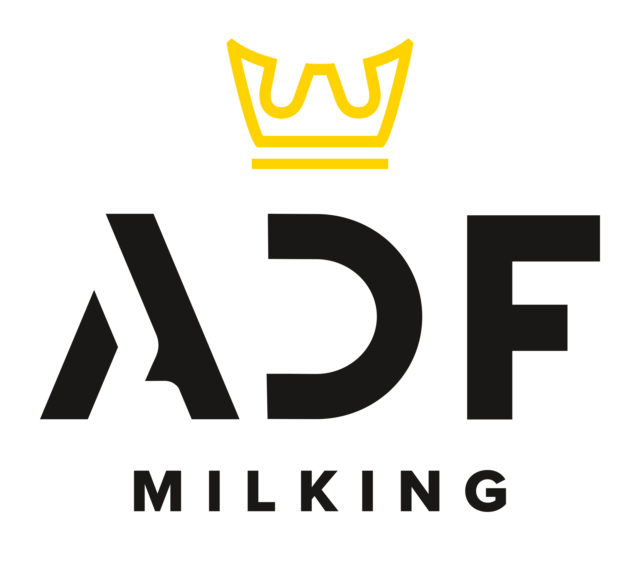This article is about honesty. It is about what I personally have seen or heard in my years involved with robotic milking. I want it to be about purchase awareness, but most importantly, making sure a robot is right for you in the first place. It has to be about you.
In the early days, we always told prospective farmers the three main reasons they should consider robotics are labour, lifestyle and health. In many cases, we still tell farmers the same thing today. Most often we like to tell farmers to evaluate and understand how much labour they think they are going to save. Not that you won’t save labour ... you will, just probably not as much as you thought. If you think you are putting a robot in to have far less time in the barn, you might be surprised. The most successful farmers that we have worked with over the years are the ones that take the time they saved from being in the parlour pit or milking in the tiestall and reinvest it into managing the cows, the barn and the robots. It really is all aspects of everything around your farm. It is not about less time in the barn, it is about utilizing your time differently in the barn. If you feel that putting a robot in the barn is going to help keep you out of the barn, it is simple, robots might not be right for you. If you see your robot as part of a continuous improvement plan for your farm and a way to free up time so that you can manage everything mentioned above, you will have a much better chance at success.
The next area we will explore is the ongoing and potential additional costs associated with operating your robot. How much is it going to cost to feed your cows in the robot? How much is your robot going to cost to maintain? These are two big areas that you need to understand.
Let’s start with feed costs. We have to understand what the robot is to the cow. To us it is an automated machine that will harvest milk, but to the cow it is simply a feed station. What brings cows to a feed station? It is feed the cows will crave and enjoy while standing in the robot. In a free-traffic environment we have to ensure that cows are fed appropriately while they are milking or they can become agitated in the robot. On average, you will feed three to five kilograms of pelleted feed per animal per day in a free-traffic scenario. Calculate this out so that you know how much you will be spending in a year. Talk to your nutritionist and pencil out your costs to purchase pellets. There are other methods used to reduce feed cost, like farm-grown, high-moisture corn or a farm-based mix, but check with other farmers to find out how well the feed can be delivered and dispensed. You can get away with less feed in a guided-traffic, milk-first barn but there are advantages and disadvantages to this type of traffic that you should be aware of, but I will leave this topic for a discussion with your salesmen.
In a milk-first barn, we have seen pellet use as low as one kilogram per cow per day with most farms sitting around two to three kilograms of pellets per day. So there are savings to be made. The pellets are simply used to keep the cow preoccupied while she is in the robot. Making sure all feed settings are correct and the pellet-dispensing rate is set so the cow will receive pellets throughout the entire milking is critical. If managed well, milk-first cow traffic is a great way to reduce pellet intake and reduce cost. But once again, talk to your salesmen and your nutritionist, know the costs so that you are not surprised when you are six months into your new or renovated robot barn.
Maintenance costs get mentioned in almost all sales processes, but it is the area that is probably the most misunderstood when the warranty period is over. So let’s get the facts straight … no sugar coating here. You are purchasing a robot that runs 24 hours a day, 7 days a week, 365 days a year. Ask anyone you know that works in a factory or production facility what type of maintenance is required for the machinery to function properly. They will tell you that they have staff that is employed to ensure the machinery is maintained properly to provide maximum uptime. The robot you purchase is no different. There is a lot of great technology that goes into manufacturing an automatic milking system. But even with proven technology, constant use will cause breakdowns. Have you ever heard someone say, “The more bells and whistles you put on that car, the more problems you are going to have.” I think we all have heard that once or twice. All automatic milking units have a lot of bells and whistles and we have to keep in mind that they will break down from time to time.
The other aspect of new technology is the cost. Newer technology in any business usually costs more to fix. Because of the sophistication of sensors, electronic boards, valves and the many other parts of an automatic milking system, you can expect that part costs will be higher. You probably have already seen this with the newer technology in tractors, barn equipment, other aspects of new barns and recent equipment purchases. New technology is great, but it does change the way you manage your farm. At one time you could fix many things on your farm yourself. Today you have to have qualified, well-educated technicians to fix much of this equipment. Yes, there will be costs for maintenance and service, but they could be offset by the potential savings in labour and increases in production. Ask questions about maintenance and yearly costs and make sure that you are very clear regarding these costs.
Let’s now move away from costs and look at another area that causes concern, which is you, the dairy producer. Ask yourself, am I the type of person that can handle an alarm at 2 a.m.? Can I deal with being at my son’s or daughter’s hockey game on a Saturday afternoon and I have to go home because my robot needs attention? These questions need to be asked. Although alarms continue to be dramatically reduced, it is a factor. If your blood is going to boil because you hear your phone ring, you have to consider that robots may not be right for you. Some people just want to know the milking is completed at 7 a.m. or 7 p.m. so they can walk away from the barn. With robots you are tied to the barn 24 hours a day. Many people do not mind the odd alarm and with good maintenance and service, alarms are minimal. Most feel the alarm issue is not that large and would much rather have the lifestyle freedom that can be achieved. Once again, it is important that you are aware of this aspect of robotic milking and know if it could be a challenge for you.
When you first read this article your thought is going to be that this seems very negative regarding robots. Should I even buy a robot? But remember this article is about you. It is about making sure that you clearly understand the aspects of robotic milking that could affect your bottom line and lifestyle. There are many farms out there with robotics that function great. Robots continue to sell in Canada faster than any other type of milking equipment. There are farms producing large amounts of milk with robotics. So it is not all doom and gloom by any means. Each year all robotic companies continue to make their robot better. These improvements have dramatically lowered maintenance costs and have reduced the alarms that you receive. This will continue to happen. I simply mention some of the areas of concern that I have heard from experienced robotic farmers and wanted to pass this on to you. Understanding all aspects of your possible robot purchase is very important so that you will not have any surprises. As I said earlier, this article is about you.
And it is about ensuring a milking robot is right for you. PD
Dean Miller is the milking robot product manager for Norwell Dairy Systems. Email Dean Miller.








